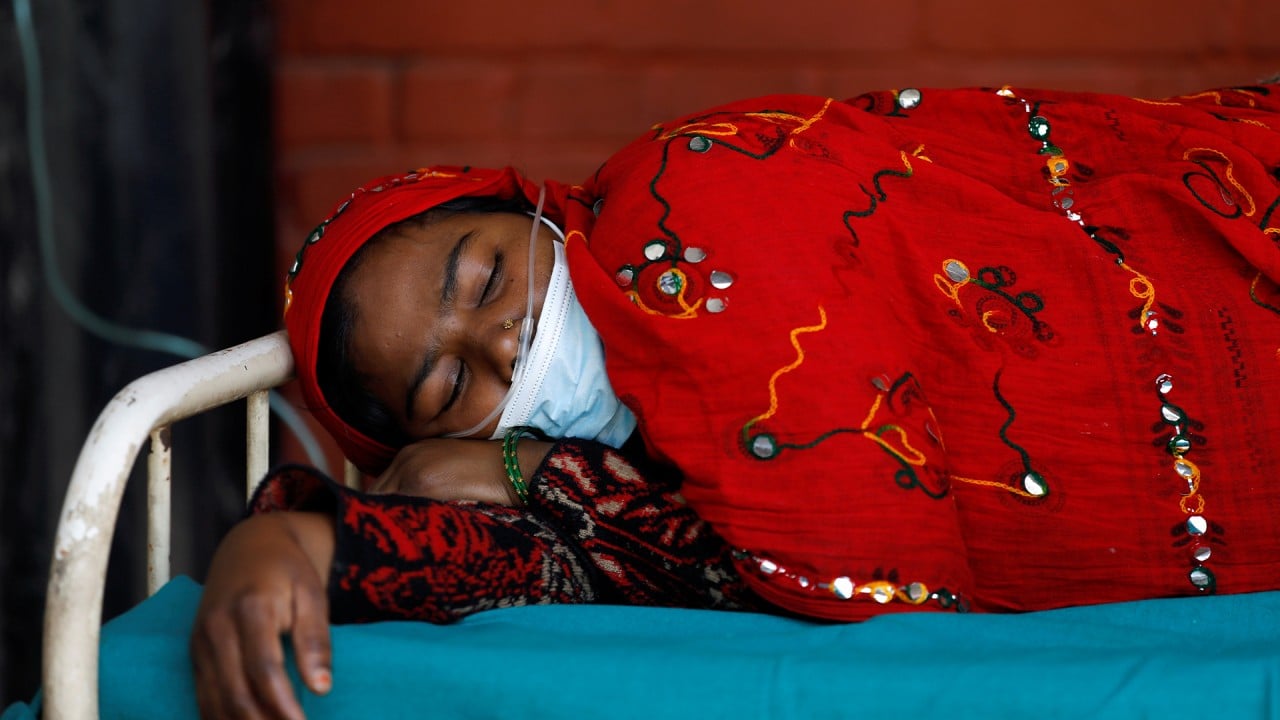Fears grow that Nepal’s coronavirus crisis could be even worse than India’s
- Medical facilities in the impoverished nation are refusing admission to coronavirus patients amid acute shortages of oxygen, beds and drugs
- With India devoting its resources to fighting its second wave, China has stepped into the breach to provide aid to Nepal – but more help is needed

“Our medical infrastructure is in crisis. The oxygen supply-demand gap is huge. We also have no more vaccines,” Dr Samir Kumar Adhikari, the health ministry’s chief spokesperson, said in an interview.

01:55
Nepal’s Covid-19 crisis threatens to overtake India’s coronavirus catastrophe
When the second wave engulfed India and large swathes of the country went into lockdown, migrant Nepali workers began returning home, bringing with them the fast-spreading B.1.617.2 variant that was first found in India.
That variant now comprises nearly 100 per cent of Nepal’s cases, according to the health ministry. As many as 400,000 more workers are expected to return in the coming weeks, with only symptomatic returnees being screened due to a shortage of testing equipment.
Nepalis, like their Indian neighbours, had become complacent about prevention after a milder-than-expected first wave led them to believe Covid-19 was in retreat. “People got extremely careless,” said Dr Retiesh Kanojia, a doctor working near the Nepal-India border. There were big weddings, religious festivals and political rallies, many held by Nepal’s embattled Prime Minister K.P. Sharma Oli, who has been accused by critics of playing power politics while ignoring the exploding caseload.
This combination of factors has proved catastrophic. On Tuesday, Nepal’s new cases reported in the previous 24 hours stood at 8,136, up more than 65 times from two months ago, according to government data. There had been 196 deaths in that 24-hour time frame, up from the daily total of around five reported early last month.